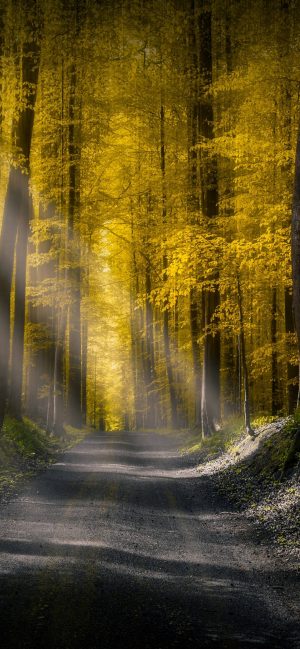

- #WINDOWS 11 LOCK SCREEN WALLPAPERS HOW TO#
- #WINDOWS 11 LOCK SCREEN WALLPAPERS SOFTWARE#
- #WINDOWS 11 LOCK SCREEN WALLPAPERS DOWNLOAD#
- #WINDOWS 11 LOCK SCREEN WALLPAPERS WINDOWS#
#WINDOWS 11 LOCK SCREEN WALLPAPERS WINDOWS#
However, it is worth noting that the images are not stored in the Windows Registry. If you’ve tried deleting recently used images from the Desktop Background History before, you might think that the same method applies to lock screen photos.
#WINDOWS 11 LOCK SCREEN WALLPAPERS HOW TO#
How to Remove a Lock Screen Picture on Windows 10

Essentially, you’ll just replace the images with new ones. If you want to delete the existing wallpaper list from the Lock Screen background history, you can click Browse and use other pictures.

Keep in mind that the photos we are talking about do not appear on the sign-in screen. So, it is relatively challenging to find the images to disable them. It is worth noting that the photos are not stored in the usual location for Windows wallpaper. However, there are many users who prefer not to see the images that Spotlight curated. Consequently, you will notice that you always have a new background image for your lock screen. Your system acquires the photos from the search engine Bing, then stores them on your device. This is an app that features stunning images specifically curated for your operating system’s lock screen. You may have noticed that in this version, we now have Windows Spotlight.
#WINDOWS 11 LOCK SCREEN WALLPAPERS SOFTWARE#
However, you need to use the Command Prompt or Windows Terminal and only one command to get the job done.When Microsoft developed Windows 10, the tech company ensured that it would become a great software product, especially in terms of aesthetics and functionality. It is quite straightforward to save Windows Spotlight images on Windows 11/10.

Wrap up: Save Windows Spotlight images on Windows 11 After that, you need to copy them to another folder, open Command Prompt in that folder, and enter this command: ren * *.jpg. To access Windows Spotlight photos, you need to open the Run prompt and enter this command: %userprofile%\AppData\Local\Packages\_cw5n1h2txyewy\LocalState\Assets. How do I access Windows Spotlight photos? After that, you can copy those files and use the aforementioned command to convert them into JPG format. You need to show hidden files before you can access the AppData folder to open the Assets sub-folder. Windows Spotlight pictures are saved in C:\Users\username\AppData\Local\Packages\_cw5n1h2txyewy\LocalState\Assets folder. Where are Windows Spotlight pictures saved? The detailed guide is mentioned above, and you need to follow all the steps minutely to get all the photos.
#WINDOWS 11 LOCK SCREEN WALLPAPERS DOWNLOAD#
Whether you are using Windows 10 or Windows 11, you need to follow the same steps to download or save Windows Spotlight images on your computer. Yes, you can save Windows Spotlight images on Windows 11 computer. Now, you can find all the images in JPG format in the new folder you created earlier. Then, enter the following command: ren * *.jpg Ensure that you have opened a Command Prompt instance in Windows Terminal. Once done, right-click on empty space, and select the Open in Windows Terminal option. Then, you need to paste those copied files. Next, create a new folder on the Desktop or any other desired place. You need to press Ctrl+A to select all and press Ctrl+C to them. In the Assets folder, you can find several files. If you get any problems, follow this article to unhide hidden files on Windows 11. To get started, press Win+R to display the Run dialog on your computer and enter this path: %userprofile%\AppData\Local\Packages\_cw5n1h2txyewy\LocalState\Assets


 0 kommentar(er)
0 kommentar(er)
